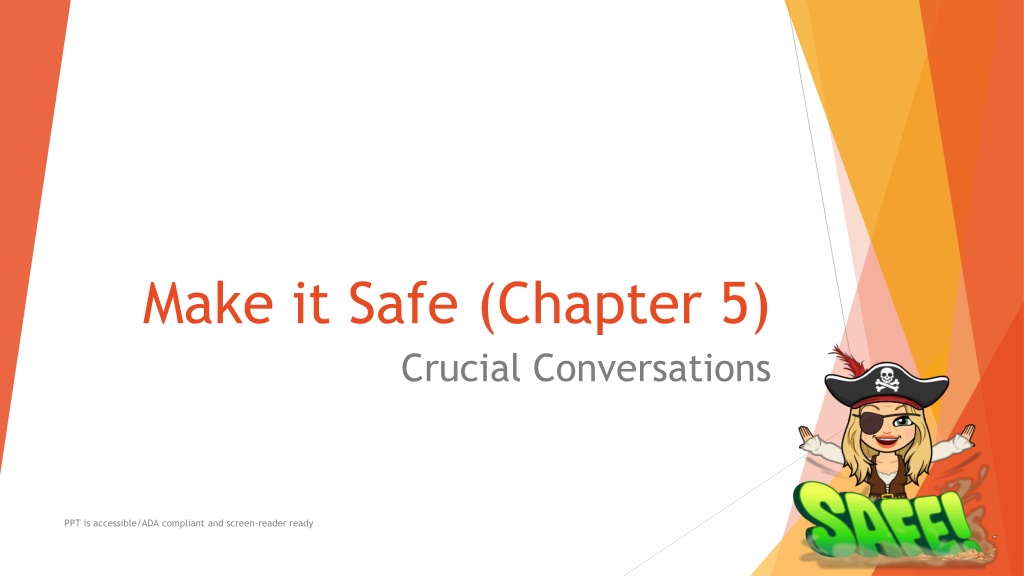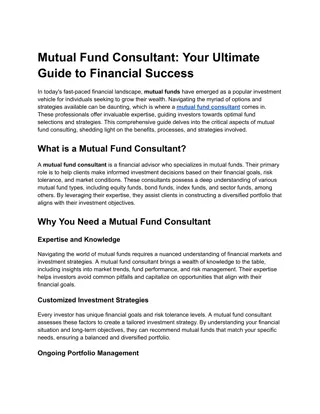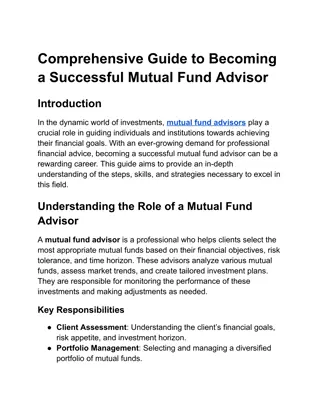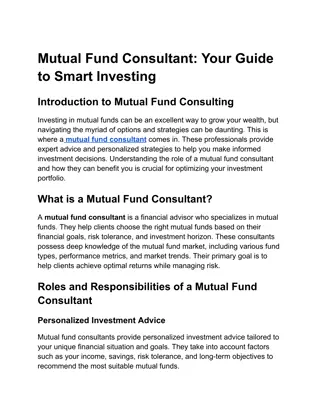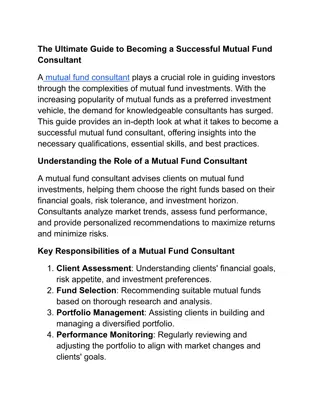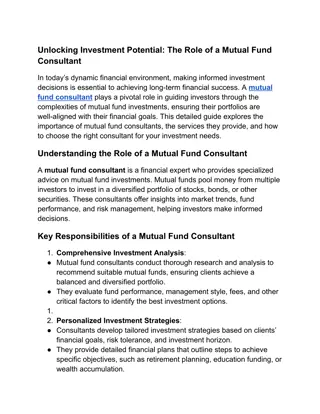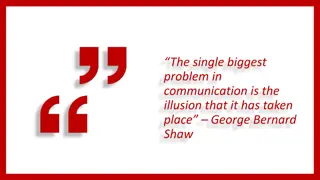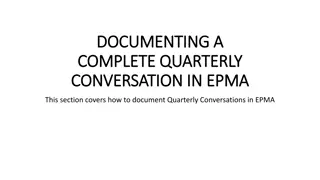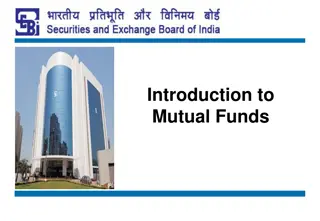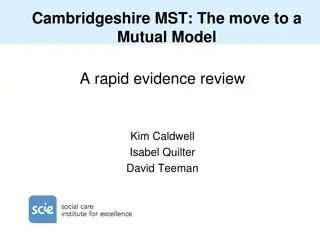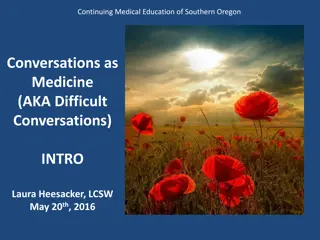Effective Strategies for Maintaining Mutual Purpose and Respect in Crucial Conversations
Explore practical techniques for ensuring mutual purpose and respect in crucial conversations to maintain a safe and productive dialogue environment. Learn how to step out of conflict to make it safe and step back in with strategies like apologizing, contrasting, and inventing mutual purpose. Discover ways to address misunderstandings and rebuild respect to foster collaboration and successful outcomes in challenging conversations.
Download Presentation

Please find below an Image/Link to download the presentation.
The content on the website is provided AS IS for your information and personal use only. It may not be sold, licensed, or shared on other websites without obtaining consent from the author. Download presentation by click this link. If you encounter any issues during the download, it is possible that the publisher has removed the file from their server.
E N D
Presentation Transcript
Make it Safe (Chapter 5) Crucial Conversations PPT is accessible/ADA compliant and screen-reader ready
Step out. Make it Safe. Then Step Back In. If one of 2 key conditions are at risk Step out. Make it safe. Step back in. 1. Mutual purpose 2. Mutual respect Key word Mutual Conflict Scenario at Pacific Beach College PPT is accessible/ADA compliant and screen-reader ready
Mutual Purpose ~ Mutual Respect Mutual Respect If a person perceives that another does not respect them, even with mutual purpose, conversations can become unsafe and dialogue stops. Telltale sign: Emotions become highly charged when people feel disrespected or unsafe in dialogue Ask yourself: does the person I m in conflict with believe I respect them? If not, and if you want to have a successful crucial conversation, you need to find respect for the other party. Mutual Purpose Watch for the signs that mutual purpose is at risk Do they mistrust your motives? Before you start a crucial conversation, ask YOURSELF questions (start with heart): 1. What do I want for me? 2. What do I want for others or the other person? 3. What do I want for the relationship? Find a mutual purpose and stay focused on that! PPT is accessible/ADA compliant and screen-reader ready
Stepping out What do you do when you Step out? 1. Apologize 2. Contrast 3. Create mutual purpose GOAL: rebuild mutual purpose and mutual respect Apologize when you have made a mistake. Apologies Restore Safety It has to include a change of heart to be genuine Apologies can include regrets because of unintended effects Contrast to fix misunderstanding When respect is questioned, this is an important tool. The DON T and the DO parts. I don t want ____________ I do want ____________ Which part is the most important? The don t it deals with the misunderstanding that put safety at risk. Addressing the don t makes things safe again
When the Going Gets Tough: Inventing Mutual Purpose Sometimes contrasting will not work. The divide is too great. A bad dialogue leads to one winner Competing Avoiding A good dialogue leads to a compromise or accommodation. The best conversation leads to mutual purpose or collaboration. Commit to mutual purpose agree to agree Recognize the purpose behind the strategy Invent a Mutual Purpose Brainstorm New Strategies based on the new purpose PPT is accessible/ADA compliant and screen-reader ready
